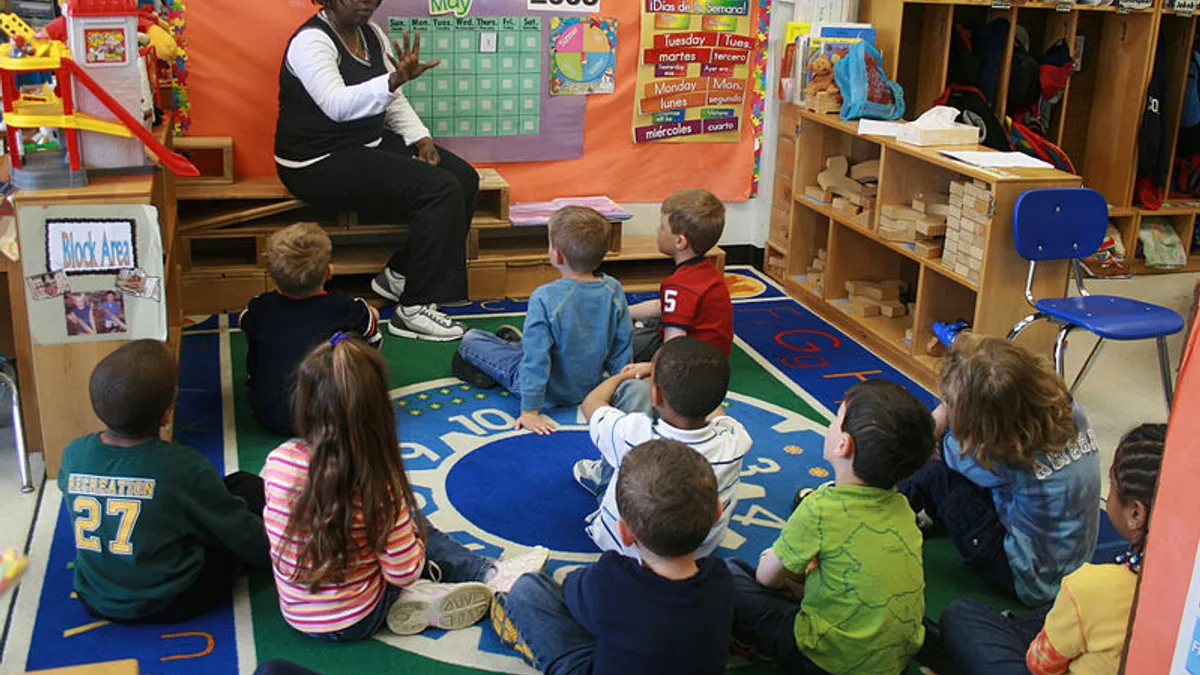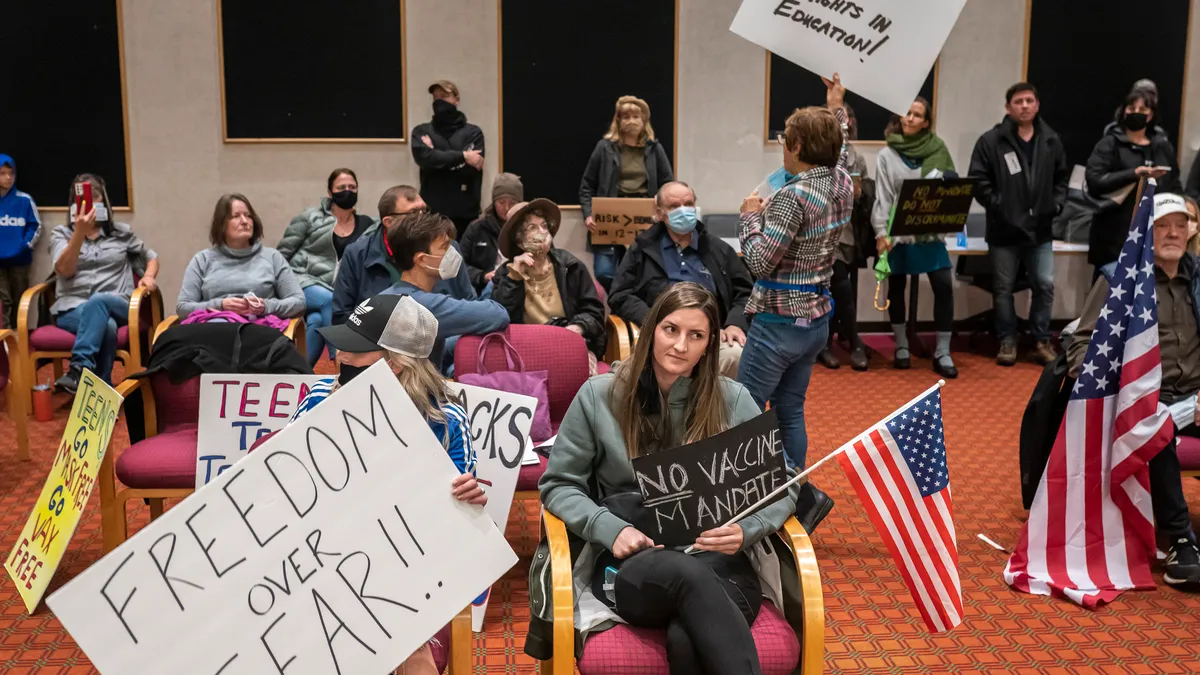Some students show up to kindergarten already reading and writing. Others don’t yet know their alphabet and can’t speak in full sentences. Teachers and administrators know this. They see the performance gaps from day one. And now, a new paper from Nobel prize-winning economist James Heckman, and co-authors from the University of Chicago and the University of Southern California show just how important it is to reach students long before kindergarten.
In the paper “The Lifecycle Benefits of an Influential Early Childhood Program,” Heckman, Jorge Luis García, Duncan Ermini Leaf and María José Prados outline an estimated 13% rate of return for dollars invested in two high-quality birth-to-5 childcare programs in North Carolina. Researchers from the University of North Carolina conducted randomized control trials with children eligible for these programs in the 1970s, and Heckman’s team used their data to calculate long-term benefits of participation for parents — mostly single mothers — as well as enrolled children and society at large.
The 13% rate of return — or more than $6 for every $1 invested — takes into account the expense of publicly financing such programs and raising taxes to do so.
While there is growing political support for universal preschool and a focus on getting three- and four-year-olds into high-quality programs before kindergarten, there is little serious discussion in the policy world about starting so much earlier.
Yet in a call with reporters last week, Heckman said most of the growth in child IQ already takes place by age three.
“In that sense, this is a target of opportunity that has been lost,” Heckman said.
The two programs studied in North Carolina were The Carolina Abecedarian Project (ABC) and the Carolina Approach to Responsive Education (CARE). They were nearly identical in program design, both beginning services when children were eight weeks old after identifying family eligibility while the mother was still pregnant, and both offering services 50 weeks per year, for more than nine hours per day, until the children turned five.
A key element of both programs was individualized treatment for each child, based on their needs and learning progress. Another element of the programs was regular health screenings, though families had to arrange for follow-up care on their own if any issues were identified.
Researchers found a substantial increase in earnings for parents whose children participated as well as the children, later in life. They also found a substantial reduction in crime and substantial health benefits, including reduced risk for a range of different diseases. While the sample sizes were small — 79 children in the control group and 75 in the two childcare programs serving as treatment — Heckman sees significant benefit to such an early childhood investment.
“Using the hard calculus of cost-benefit calculation and playing into the various strands of economic opportunity, reduced healthcare costs, engagement of individuals in the larger society, we think this is very strong evidence for supporting this kind of program going forward,” Heckman said.
A critical finding in the latest paper is the importance of high-quality programs and the considerable negative consequences of low-quality programs, especially for boys. In their case, getting bad childcare is worse than staying home.
The ABC/CARE programs have served as models for other childcare programs around the world, including in Canada and Australia. The Educare programs in Oklahoma and Illinois also share many similar characteristics.
While elementary schools and K-12 districts may not have the funding to run their own birth-to-5 programs, they can provide space for partner organizations to do that work.
Judith Jerald, senior early childhood advisor at the Save the Children Action Network, has spent the last 40 years supporting birth-to-5 programming in schools and nonprofits. Save the Children’s Early Steps to School Success, a home-visiting program, is in more than 100 communities around the country, and many of these local programs are run as partnerships with schools.
In fact, working in schools, Jerald found these programs tend to markedly change school cultures. Many young parents targeted for services didn’t have great school experiences as students, but connecting with their own former teachers and administrators as parents can mend relationships and forge important partnerships.
Besides Early Steps to School Success, the Parents as Teachers program is another birth-to-5 program that many schools host, even if they don’t run. For administrators considering investing in early childhood directly, however, Jerald recommends being innovative.
“There are ways to do this that is not terribly costly,” Jerald said. “You can do a lot, you can do parent-child groups with volunteers, home visits to newborns can be done with volunteers, you can combine Title I, childcare subsidies, private funding and also parent pay. You can pull together enough funding to start doing something, even if it’s only a pilot.”
For Jerald, Heckman and his colleagues’ paper was a welcome piece of evidence in favor of supporting children from birth to age three.
K-12 schools are not necessarily the places to run programs like ABC/CARE, but Jerald hopes this latest research encourages administrators and policymakers alike to pay more attention to the very youngest group of future students.













